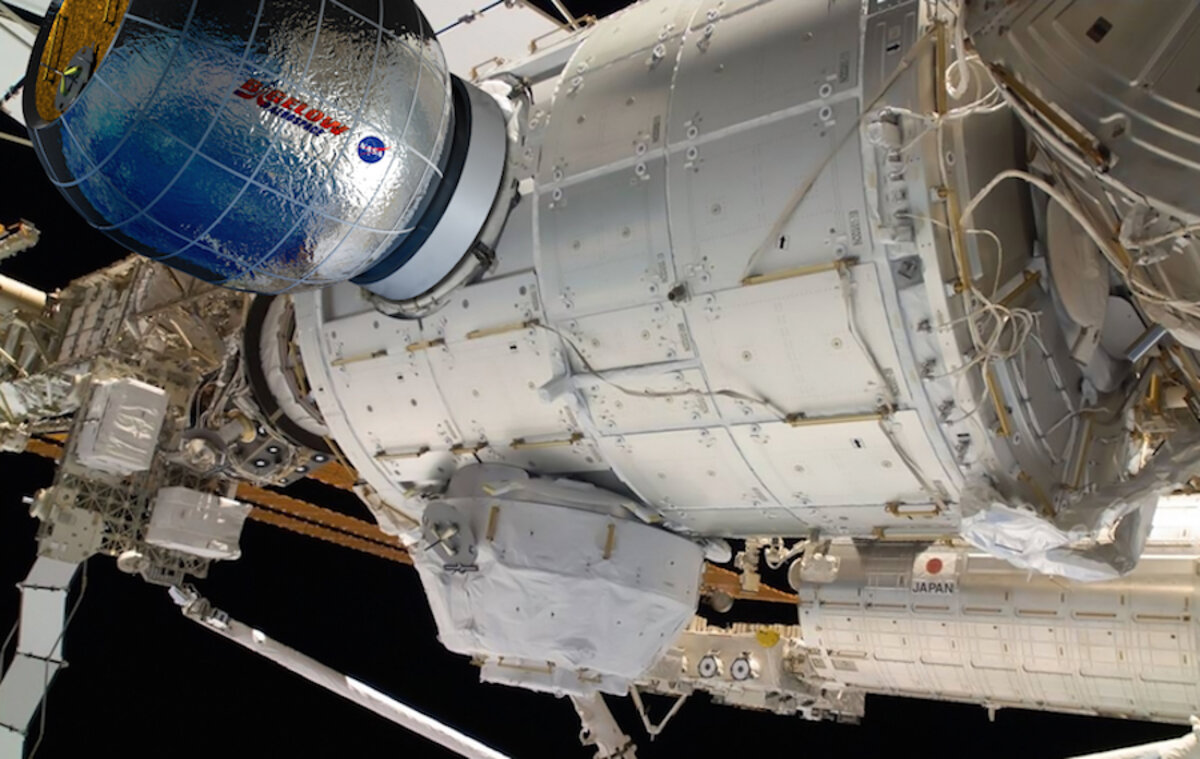Are inflatable space habitats the future? NASA experiment to find out.
Loading...
From beach balls, pool toys, and jump houses, inflatable technology takes a big step forward for its next frontier: space stations.
A new kind of tech will be aboard SpaceX’s eighth supply mission to the International Space Station (ISS). A compressed living module will be delivered and attached to the station where, in the void of space, it will expand into a new habitat for astronauts.
Designed by Bigelow Aerospace, the inflatable space habitat is one area NASA is exploring for potential deep space habitats and other advanced space missions.
“The ‘Bigelow Expandable Activity Module,’ or the BEAM, is an expandable habitat that will be used to investigate technology and understand the potential benefits of such habitats for ,” NASA Administrator Charles Bolden wrote in a blog post.
The habitats could be a way to “ available for astronauts while also offering added protection from the dangers of space, like radiation and space debris, the NASA press release says.
But how is an inflatable space station suppose to be a viable means of housing for space travelers?
BEAMs are far more than balloon-like rooms where astronauts can take asylum. Technically, – they expand, according to the company. And beyond just air, the habitats are reinforced with an internal metal structure. The outside is composed of multiple layers of material including things like rubber and kevlar to protect from any speeding debris.
Inside SpaceX’s Dragon spacecraft on the way to the ISS, the BEAM will be approximately 8 feet in diameter. It will expand once deployed in space to offer for astronauts.
“It’ll be the first time human beings will actually step inside this ,” former astronaut George Zamka, who has worked for Bigelow Aerospace, told USA Today. “There won’t be this sense of it being like a balloon.”
But astronauts won’t be getting inside the module for some time yet.
The BEAM will be attached to the Tranquility Node and deployed. Inside the module are a series of tools that will help the crew of the ISS monitor different aspects of the expandable area to see how it acts in space. The crew will watch heat, radiation, orbital debris, and provide information about the viability of using similar modules in the future.
The testing is scheduled to go on for a two-year time period, after which the module will be released and burn up in the atmosphere.
NASA's partnership with Bigelow fits Mr. Bolden's desire to help grow a robust private sector industry to commercialize aspects of space – a process he sees as vital if humans want to reach farther cosmic destinations. "The world of low Earth orbit ," Bolden said at a press conference in January 2015.
And if the BEAM is successful on the spacecraft, it could be good news for a potential space tourism industry. Bigelow Aerospace was founded by US hotel tycoon Robert Bigelow, the owner of Budget Suites of America. The company has focused on perfecting infrastructure for , according to Tech Crunch.





